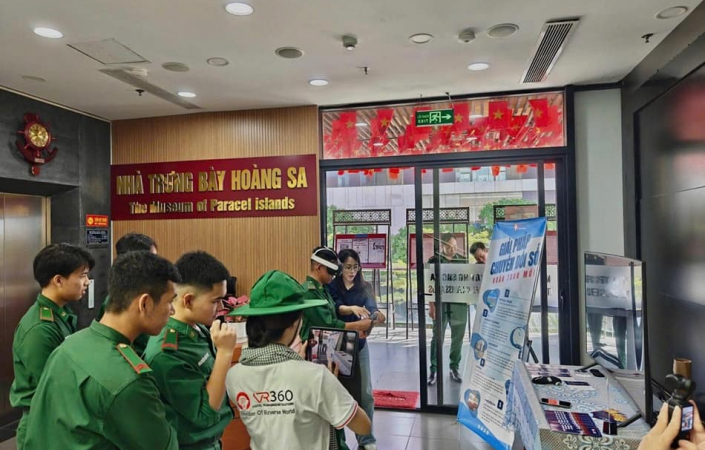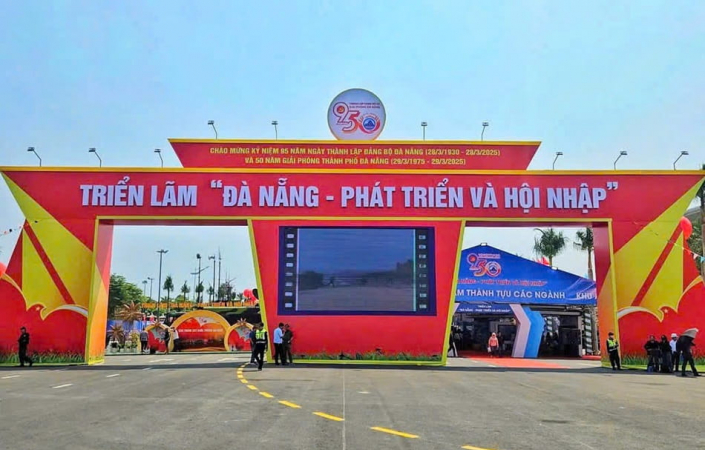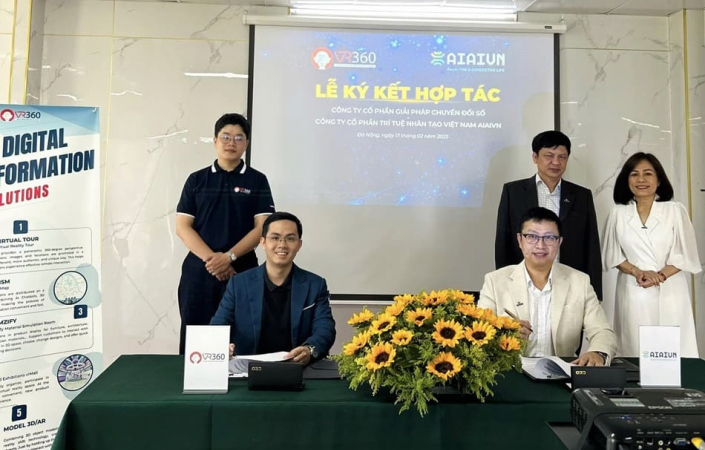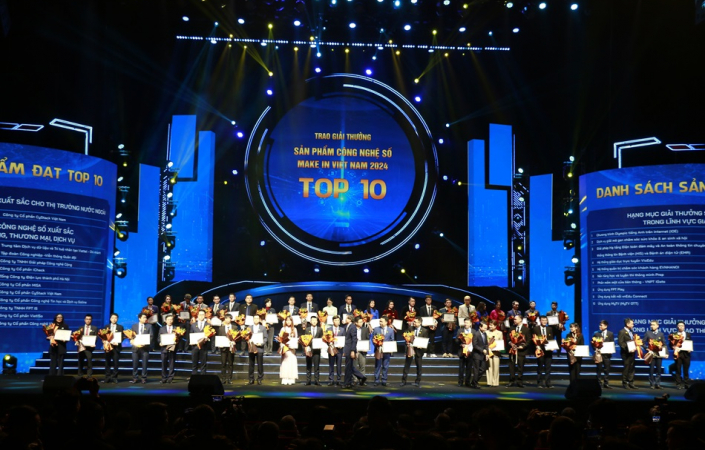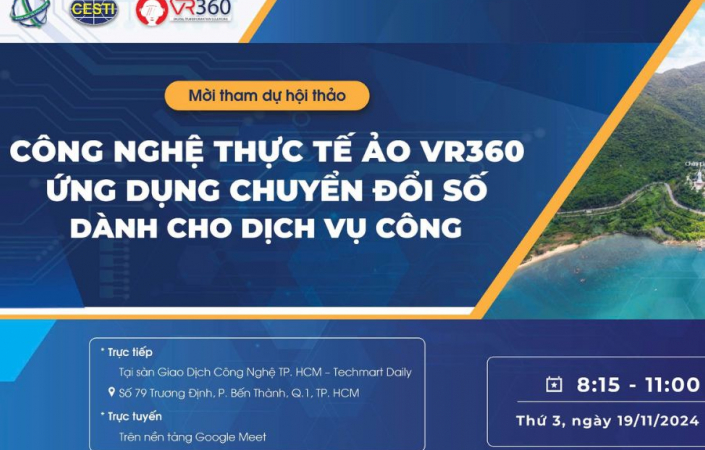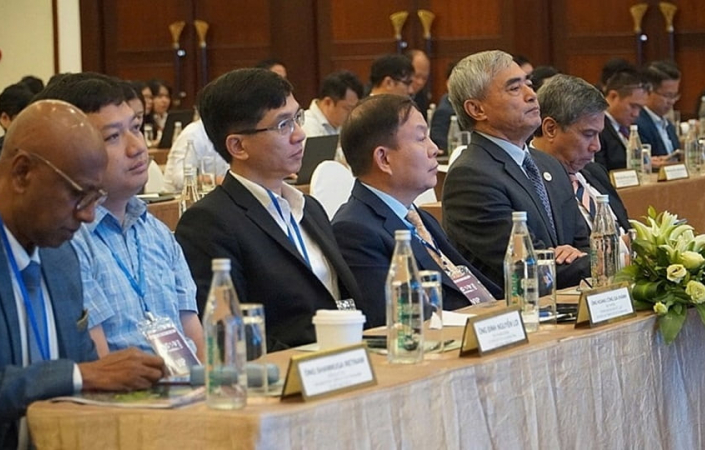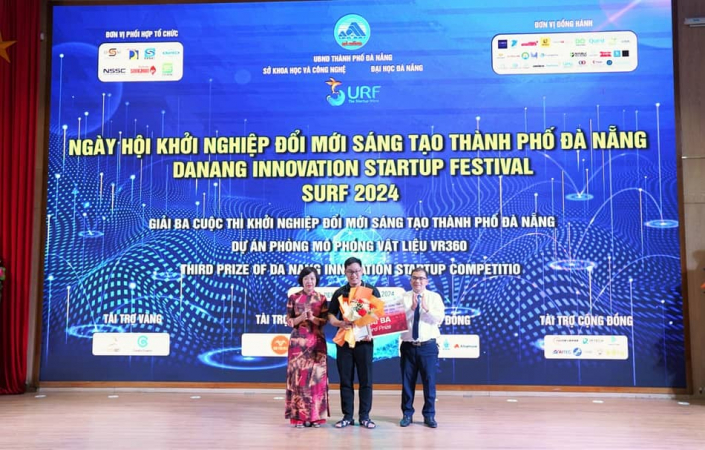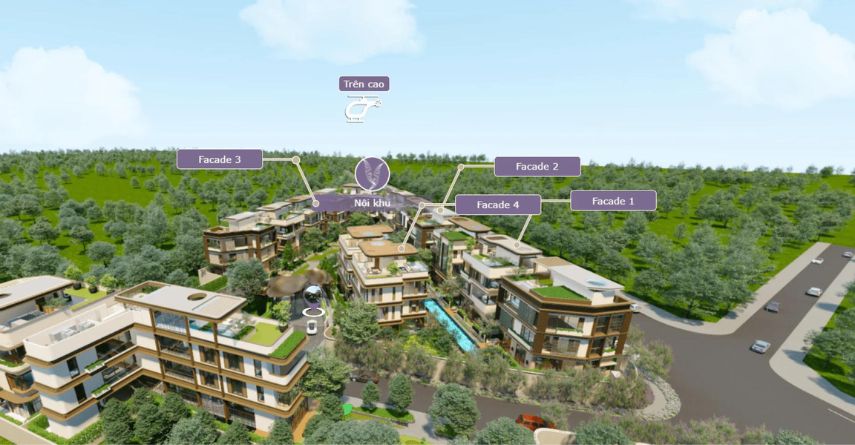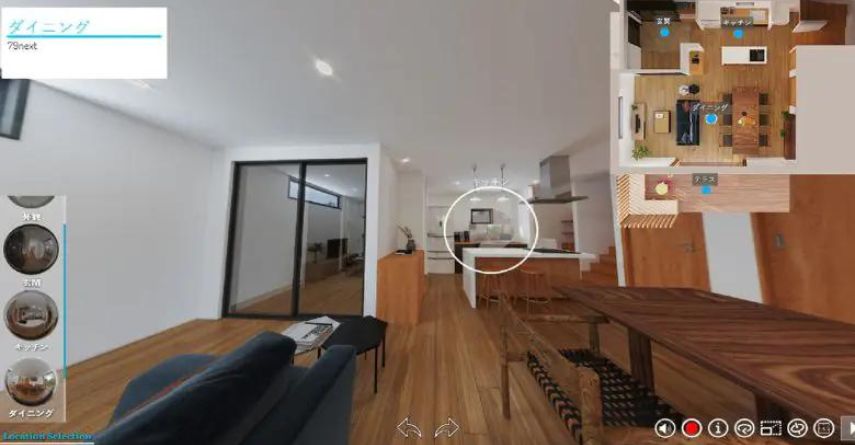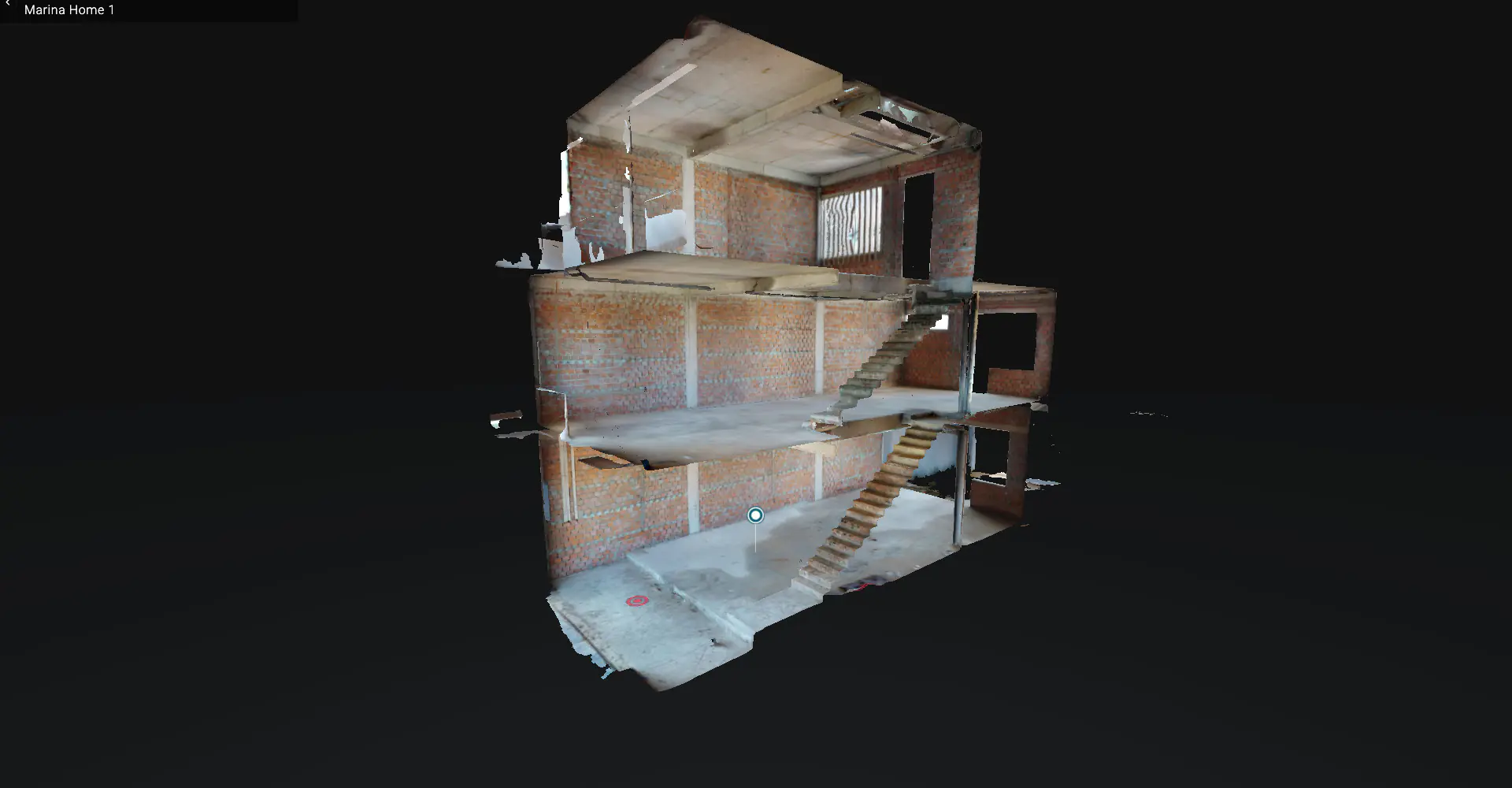Sign up to receive quotes
Image promotion solutions for the Architecture/Construction industry in the 4.0 Era
Table of content
In the journey of designing spaces, one of the greatest challenges architects face is this:
How can clients truly “see” a design when the building has yet to take shape?
No matter how detailed the 2D drawings or how sophisticated the 3D renderings are, it remains difficult for clients—especially those without an architectural background—to fully grasp the big picture. When they cannot visualize the result, placing complete trust in the vision becomes challenging.
Today, architects, engineers, and contractors are transforming their work by integrating 3D CAD models with Virtual Reality (VR) technology. This shift not only enhances the design process but also significantly improves communication efficiency, accelerates feedback loops, and shortens approval timelines.
Design concepts no longer remain static on paper—they become vivid, immersive spaces that clients can step into, explore, and interact with from the earliest stages of ideation.
Clients can now walk through an unbuilt home, discover every corner of a future office, or gain a comprehensive aerial view of an entire real estate development—down to the last square meter. Through these immersive experiences, they gain clarity and make decisions faster, and with greater confidence.
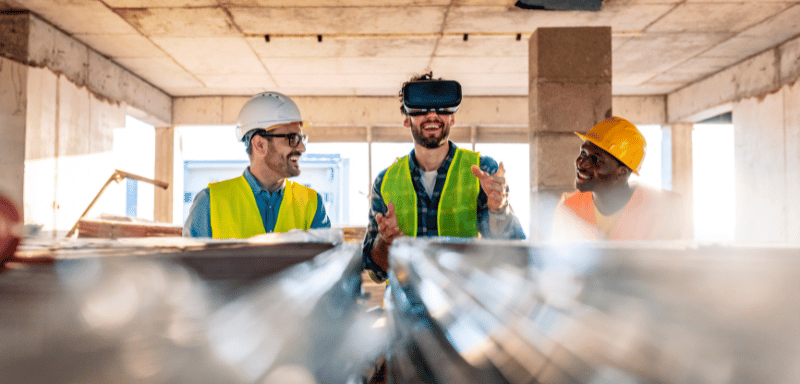
A Real-World Example: SHoP Architects and the Barclays Center
SHoP Architects applied Virtual Reality during the construction of the Barclays Center by simulating and inspecting over 12,000 façade panels using immersive software.
The outcome?
Zero errors—and a construction timeline significantly faster than traditional methods.
John Cerone, CEO of SHoP Architects, emphasized:
“VR will replace traditional diagrams and drawings, becoming an indispensable part of future projects.”
👉 Check out VR360’s outstanding projects in the Architecture and Construction field.
Virtual Reality does more than communicate designs—it allows teams to visualize, adjust, and optimize entire projects from the very beginning.
Whether it’s a residential property, an office building, a showroom, or an entire urban complex, “building in a virtual world” helps to: Minimize errors, reduce revision time, improve construction accuracy, build client trust through realistic experiences.
Integrating VR into architectural design is proving to be a powerful, forward-thinking solution that connects developers and investors with their potential projects—offering a wide range of benefits that are transforming the architecture and construction industries.
So, what exactly are these benefits?
Read on to explore how Virtual Reality is redefining what is possible in modern design.
I. Benefits of applying virtual reality in architecture and construction
Architects are increasingly recognizing the transformative benefits of Virtual Reality (VR) technology in the design and project presentation process. Gone are the days of hard-to-interpret drawings and hours spent on complex explanations—everything is now visualized vividly, intuitively, and comprehensibly from the outset.
VR not only shortens design timelines but also provides clients and investors with a “see it to believe it” experience. This immersive approach enhances competitiveness, makes a powerful first impression, and helps architecture and construction firms win client trust from the very first interaction.
Reducing Design Revision Time
Traditionally, architects spend weeks revising plans and repeatedly visiting construction sites to ensure accuracy. With VR models, this process is significantly streamlined:
Architects can virtually "walk through" their designs.
Visual inconsistencies can be detected and corrected immediately in the virtual environment.
Minimal travel is required—saving time and boosting productivity.
VR allows for detailed modeling, easy design validation, and minimizes errors from the early concept stage.
Realistic Interactive Experience
Previously, clients could only imagine their future property through technical drawings or basic 3D models. Today, VR allows them to step inside their unbuilt spaces and experience the design in real time.
View the entire space even before construction begins.
Move freely, rotate viewpoints, interact with details, and explore every aspect.
Gain a clear understanding of the design, enhancing trust and confidence in execution.
When clients experience a space firsthand, they are more informed, reassured, and ready to move forward.
High Work Efficiency
VR is not just a presentation tool—it’s a practical asset for technical teams.
Engineers can better visualize detailed 3D models, interpret design elements, assess structures and materials, and quickly cross-reference construction documents—minimizing execution errors.
Presenting a project at a 1:1 scale using VR helps identify issues and adjust before significant financial resources are committed. This level of precision reinforces a company’s professionalism and earns investor confidence.
Easy to Design and Modify
Conventional design methods often carry the risk of errors and inefficiencies. By incorporating VR into the design and construction workflow, architects can make rapid, real-time modifications.
Because all designs are digitally rendered, it becomes easier to adjust according to the architect’s creative vision or the client’s specific requirements.
This presents a distinct advantage over traditional methods, especially for projects that demand speed, flexibility, and adaptability.
Enhancing the Company's Bidding Success
Many architecture firms are now leveraging VR technology to gain a competitive edge and secure more projects. While competitors may still rely on static drawings, VR-enabled firms offer immersive virtual tours that allow investors to truly see every element of their future property.
This results in stronger impressions and significantly boosts win rates.
By enabling clients to “step into the future” of their projects, VR becomes a powerful differentiator. Investors can clearly visualize each space and every interior detail—making proposals more persuasive and increasing the likelihood of contract signings.
II. VR360 Services for the Architecture and Construction Industry
The VR360 services suitable for the architecture and construction sectors include Virtual Tours, 3D Models - AR, 360 Photography, and 360 Video Recording.
Virtual Tour is an immersive experience that allows investors to explore a model apartment, house, or an entire construction project with the utmost realism—even from the design phase.
Integrated features such as information hotspots, maps, measurement tools, and interactive points allow viewers not only to explore but also to deeply understand the structure and layout of the project. Engineers can measure distances and assess spaces directly within the model, ensuring accuracy during actual construction.
For more details on Virtual Tour, visit: VR360 Virtual Tour - Web 360 - 360 Tour
3D Models - AR: Combining 3D modeling with Augmented Reality (AR) technology, this service allows for the display of three-dimensional objects in real-world environments. It helps engineers and investors visualize the complete layout of a property with greater clarity.
Users can rotate, flip, resize, or change the color of the model to test compatibility and make precise adjustments. This is an effective tool for selecting and arranging furniture and refining the interior design of a living space.
For more details on 3D Models - AR, visit: 3D Models – AR
360 Photography: More than just standard images, 360-degree photos offer a comprehensive view of a project, helping businesses deliver impactful messages and capture attention across platforms such as websites, Facebook, and Google Street View.
These immersive visuals serve as ideal marketing assets for sales teams looking to engage and impress investors with a more vivid and realistic experience than traditional 2D images.
For more details on 360 Photography, visit: 360 Photography Service
360o Video: Using high-resolution 360-degree filming technology, VR360’s video production service enables you to create dynamic, comprehensive project presentations.
These videos can be seamlessly integrated into social media campaigns on platforms like Facebook and YouTube, increasing engagement and expanding your reach to target customers.
For more details, visit: 360 Video Service
III. Key Features of VR360 Virtual Reality Solutions
Unlimited Viewing Angles
When creating a virtual model, architects and engineers can view any space from multiple perspectives, facilitating easy adjustments and construction planning. With this feature, property owners can explore the project in detail and visualize the space more intuitively.
Diverse Content Integration
In addition to simulated images, architects can integrate various other information such as text, links, videos, maps, and contact details. This makes communication between architects, engineers, and property owners more efficient and seamless.
Advanced Features
VR360 services allow for the integration of advanced features such as 3D models and object data collection, addressing layout, arrangement, and decoration issues within a home while enhancing customer satisfaction during virtual tours.
User-Friendly Interface
The structure and interface are designed to be user-friendly, enabling investors to easily navigate and make flexible adjustments according to their needs. It allows users to modify details such as color, size, and layout elements within the product.
Multi-Language Support
With multi-language display capabilities, VR360 facilitates seamless collaboration with architects, contractors, and investors both domestically and internationally, supporting multiple language options for a global audience.
Device Compatibility
VR360 services are designed for easy display on a wide range of smart devices, including computers, tablets, smartphones, and VR headsets, ensuring accessibility on any platform.
Related Articles:
Virtual Reality Technology Trends in the Tourism and Museum
Virtual Reality Solutions for the Real Estate Sector
CONTACT VR360 FOR COLLABORATION
VR360Hotline: 0935 690 369
Email: infor@vr360.com.vn
Address:
- 123 Pham Huy Thong, Nai Hien Dong, Son Tra, Da Nang
- Citilight Building, 45 Vo Thi Sau, Đakao, District 1, Ho Chi Minh City
- 3B Dang Thai Than, Phan Chu Trinh, Hoan Kiem, Hanoi
Table of content
Latest News
Báo chí, nhịp cầu nối đảo xa
 19/06/2025
19/06/2025 VR360 | Thông báo lịch nghỉ lễ 30/04 & 01/05
 26/04/2025
26/04/2025 Triển lãm Đà Nẵng - Phát Triển và Hội Nhập: Chặng đường 50 năm
 28/03/2025
28/03/2025 VR360 và AIAIVN ký kết MOU, thúc đẩy các giải pháp tích hợp 360, 3D và AI
 05/03/2025
05/03/2025 Tăng trải nghiệm với những tính năng nổi bật nên có trong Virtual Tour
 05/03/2025
05/03/2025 VR360 | Thông báo lịch nghỉ tết nguyên đán 2025
 20/01/2025
20/01/2025 Articles on the same topic
Báo chí, nhịp cầu nối đảo xa
 19/06/2025
19/06/2025 VR360 | Thông báo lịch nghỉ lễ 30/04 & 01/05
 26/04/2025
26/04/2025 Triển lãm Đà Nẵng - Phát Triển và Hội Nhập: Chặng đường 50 năm
 28/03/2025
28/03/2025 VR360 và AIAIVN ký kết MOU, thúc đẩy các giải pháp tích hợp 360, 3D và AI
 05/03/2025
05/03/2025 Tăng trải nghiệm với những tính năng nổi bật nên có trong Virtual Tour
 05/03/2025
05/03/2025 VR360 | Thông báo lịch nghỉ tết nguyên đán 2025
 20/01/2025
20/01/2025 Phòng mô phỏng Roomzify ghi danh trong Top 10 Make in Vietnam 2024
 16/01/2025
16/01/2025 Mời tham dự hội thảo Công nghệ thực tế ảo VR360 ứng dụng chuyển đổi số dành cho dịch vụ công
 31/10/2024
31/10/2024 Hội thảo Quốc gia về Chính phủ số tại Đà Nẵng
 28/10/2024
28/10/2024 VR360 đạt giải Ba chung kết cuộc thi khởi nghiệp SURF 2024
 13/09/2024
13/09/2024 


